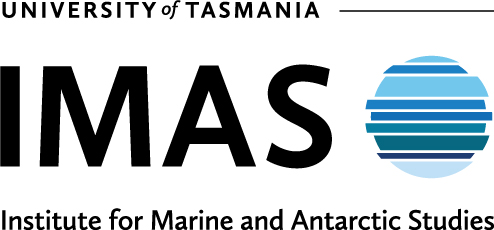Marine Stewardship Council Risk-Based Framework (MSC-RBF) Methodology
The internationally recognised Marine Stewardship Council (MSC) Risk-Based Framework (RBF) for data-poor fisheries can be used to assess the stock status of the target species within a fishery. The RBF includes methods for estimating the risk to a set of ecological components associated with the fishery. Principle 1.1.1 of the RBF (presented here) assesses the risk to the stock status and recruitment dynamics of target fishery species drawing on information about the productivity of each species and its susceptibility to fishery-related impacts, as well as assessing the consequence of fishing activity for the species. The approach culminates in an overall score for each species within the fishery. Scores >80 are regarded as passing assessment with low risk to stock damage; scores of 60 – 80 pass assessment with moderate risk to stock damage; scores <60 fail assessment with substantial risk of stock damage.
Given that this framework is designed for data-poor fisheries, a cautious (worst plausible) approach is recommended in the absence of credible information, meaning the availability of less information likely results in a lower final score. The MSC approach assumes that fisheries operating at relatively high levels of exploitation inherently pose a greater risk to ecological components with when they interact than under-utilised fisheries. Therefore, lower scores will be derived for highly utilised species unless credible information is available to indicate otherwise.
The MSC-RBF was used to assess the stock status of target species within the commercial component of the Tasmanian Scalefish Fishery, exclusive of predominantly Commonwealth-managed species.
Methods
Data used in the assessment
This assessment utilised two MSC RBF methodologies: Consequence Analysis (CA) and Productivity Susceptibility Analysis (PSA).
Consequence Analysis
The CA is a semi-quantitative analysis that estimates the risk and consequence of fishing activity with regards to the long-term recruitment dynamics of a species. The CA assesses changes to four subcomponents resulting from fishery activity: (1) population size, (2) reproductive capacity, (3) age/size/sex structure, and (4) geographic range of a species (Table 1). The final CA score used in the assessment is decided based on the most vulnerable subcomponent (i.e. the subcomponent that receives the lowest score).
Information used for the CA was mainly derived from time-series data including catch and catch per unit effort (CPUE), age, size, and sex composition of catch, and geographic distribution of catch and effort. These data were obtained from the Tasmanian Scalefish Fishery Assessments for 2010-12 (André et al. 2014) to the current report.
Table 1 Consequence analysis (CA) scoring of subcomponents. Note: the CA score used for assessment is taken from the most vulnerable subcomponent.
Productivity Susceptibility Analysis
Productivity Susceptibility Analysis (PSA) uses information about the inherent productivity of a species and its susceptibility to capture or damage by fishery activities. The productivity of a species is determined by attributes such as longevity, growth rate, reproduction, and trophic level (Table 2). Information about species’ productivity attributes was largely obtained from the current Tasmanian Scalefish Fishery Assessment as well as from the scientific literature.
Table 2 Productivity attributes and scores used in the Productivity Susceptibility Analysis (PSA).
Susceptibility attributes include the degree of overlap between the species’ distribution and fishing effort, the position of the species in the water column and on habitat relative to the position of fishing gear, the likelihood of juveniles being captured, and the likelihood of post-capture release and survival (Table 3). Information about a species’ susceptibility to capture or damage was mostly obtained from the current Tasmanian Scalefish Fishery Assessment with some additional information from the scientific literature.
Table 3 Susceptibility attributes and scores used in the Productivity Susceptibility Analysis (PSA).
Combining CA and PSA scores
Scores for each attribute within the PSA and a final CA score are entered into an excel spreadsheet provided by the MSC, along with the total catch data for the species. The spreadsheet calculates an overall productivity score and an overall susceptibility score. The productivity and susceptibility scores are then combined, and a single PSA score is calculated as the Euclidean distance from the origin using: R=√(P2+S2) where R is the risk or PSA score, P is the productivity score, and S is the susceptibility score. This PSA score is combined with the manually input CA score to give a final MSC score and risk category for the species within the fishery: low risk to stock status and recruitment (≥ 80), medium risk to stock status and recruitment (60 – 79), high risk to stock status and recruitment (< 60).



